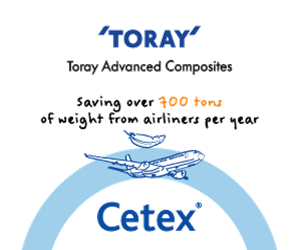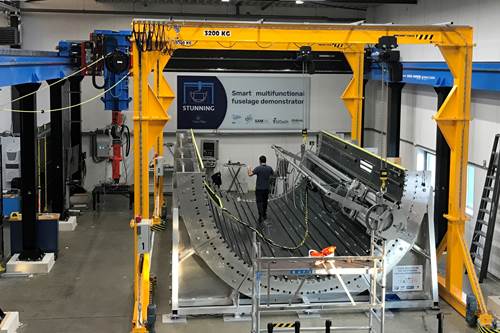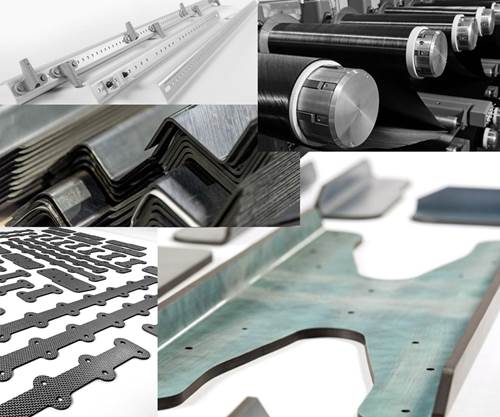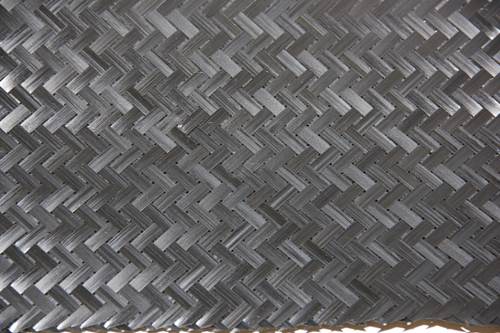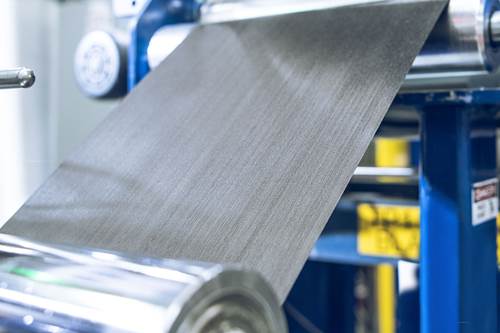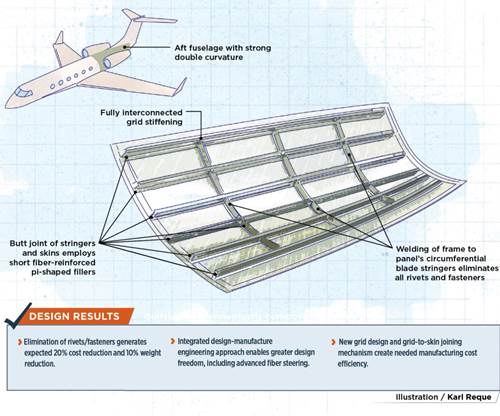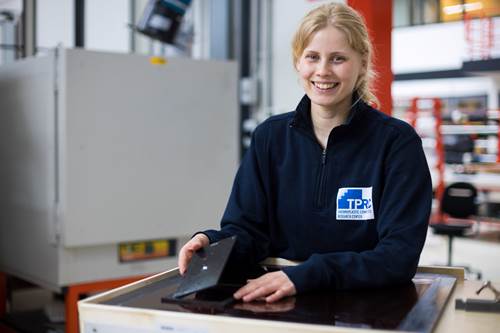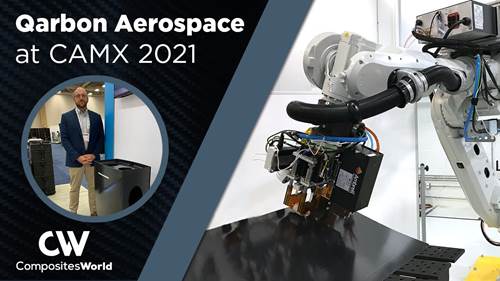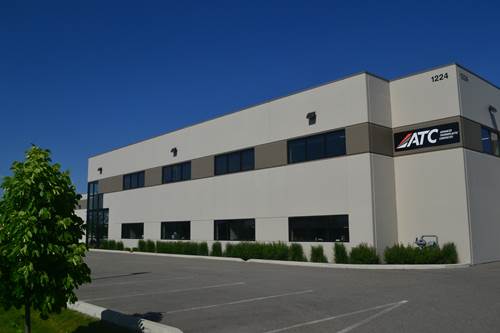Daher, for the last 12 years, has avidly developed thermoplastic materials and process knowledge to support aircraft manufacturers. Primary goals are to save weight and cost and to sustain high production rates. Daher will illustrate through concrete examples, the challenges faced, the results obtained and next steps to address.
The low-melt polyaryletherketone (LMPAEK) polymer provides numerous advantages for automated tape lay-down in the manufacturing process. LMPAEK unidirectional tape (UDT) is well-suited for use in thermoplastic composites requiring high strength, excellent fatigue resistance and high temperature tolerance. Maximizing the benefits of thermoplastic polymers requires leveraging an ecosystem of thermoplastic materials including UDT, fabrics, films, fibers, and compounds in conjunction with each other to produce high-quality composite parts. This ecosystem helps manufacturers create lightweight, strong, and durable composite parts with exceptional performance properties.
Thermoplastic composite pipes have become an interesting alternative to conventional steel pipelines. Benefits of the thermoplastic pipelines include eliminating corrosion and corrosion-related maintenance, easiness of installation and lower carbon footprint, therefore being more sustainable while affordable. The presentation will cover the design and manufacturing of the pipe in length of up to 5 km, with a continuous fully automated process, along with the material selection, material characteristics and composite tape manufacturing process. Broad chemical resistance of thermoplastic composites pipelines enable future opportunities in offshore hydrogen and other sustainable energy applications.
Scaling up stamping and consolidation presses for forming aerospace thermoplastic composites is fraught with challenges. The equipment for manufacturing small parts that you can hold in your hand is readily available for all levels of manufacturing process: R&D, prototyping, and high-volume production. Large scale presses for consolidation and stamping of parts measured in meters vs millimeters are driving new presses to be designed and built that require significantly larger press structures, shuttle systems, energy input, and sophisticated tooling. This presentation will cover early efforts for lab scale R&D presses, automated high volume production work cells, and the challenges of implementing the next generation of large-scale stamping and consolidation presses.
Thermoplastic composites will enable step changes in next-generation aircraft efficiencies by enabling a broader adoption of composites across the aircraft. The next generation of aircraft will most likely be a narrowbody aircraft that will need robust, highly repeatable manufacturing processes to produce up to 100 aircraft per month. Today’s thermoset composite materials will not be able to support these high rates without significant capital investment across the industry. Being able to mold and join thermoplastic composites into large complex structures outside of an autoclave allows for less energy intensive and more automated processes that reduce manufacturing cycle times by up to 80%. Beyond enabling the manufacturing of high-rate composite aerostructures, thermoplastic composites are also more recyclable from excess material and manufacturing scraps to end of life product recycling. However, there are challenges. This presentation offers an overview of the challenges, potential solutions, and certification issues these materials pose. We will also identify the need for global industrial collaboration that can help this technology move forward for the production of large, complex, stiffened-skin structures.
Industry technology leaders are rapidly innovating towards large-scale and high-rate implementation of thermoplastic composites into aerospace applications to benefit from its key characteristics that enable lightweight and sustainable aircraft. Developments stretch over the full production chain, ranging from material, lay-up technologies, part consolidation methods to final assembly. Several areas of notable progress related to Toray Cetex TC1225 LMPAEK composite materials are discussed, supported by demonstration in use cases, such as the CleanSky2 Multi-Functional Fuselage Demonstrator project and NASA HiCAM project. This includes developments towards lower processing temperatures and shorter cycle times, faster automated lay-up, low pressure Out-of-Autoclave processing and integrated part manufacturing.
GKN Aerospace pioneered thermoplastic composite applications in the early 1990s, starting with stamp-forming, deep-drawing and thermofolding. Products of up to 2 meters long, such as ribs, wing panels and aircraft floor panels were developed and taken into production. In the late 1990s, larger structures, such as 3.5-meter span wing fixed leading edges were developed. These welded assemblies were based on stamp-formed ribs and stringers being welded onto large autoclaved skins. In the early 2000s, carbon fiber-reinforced thermoplastic control surfaces of up to 6-meters long were developed and taken into production. These products combine stamp-formed ribs and autoclaved spars and skins into a welded assembly. The manufacture of spars in particular proved labor intensive, because of the complex bagging required. An investment program was initiated and has recently been implemented in GKN Aerospace’s Global Tech Center Netherlands in order to be able to develop large panels and spars out-of-autoclave. Target out-of-autoclave applications are spars, large ribs and stiffened skins. The technology is most suited for high-rate production. Equipment and tooling investments are offset by reduced process times. Also, energy consumption is reduced because of the short cycle times and compact tools, reducing energy consumption and thus improving sustainability.
In-situ consolidation of thermoplastic composites has advanced from R&D in the 1980s to automated manufacturing of large structures today. The goal of additive manufacturing of high-performance composite structures has been achieved but challenges remain for large aerospace structures. This presentation will review the history of in-situ consolidation, discuss issues for large-scale aerospace manufacturing and outline approaches to overcome these challenges.
Click here to register for CW Tech Days: Thermoplastics for Large Structures.

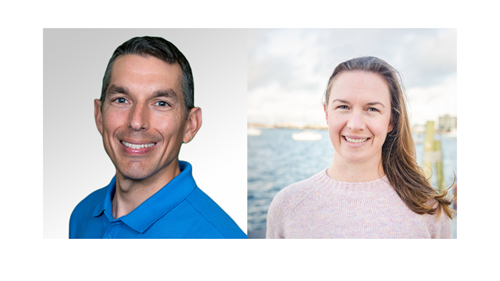
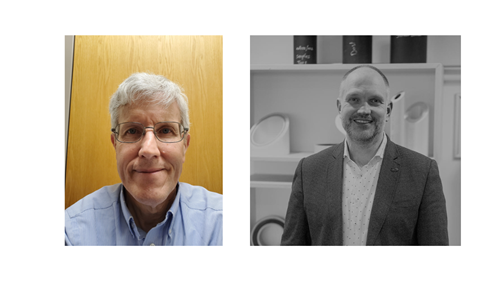

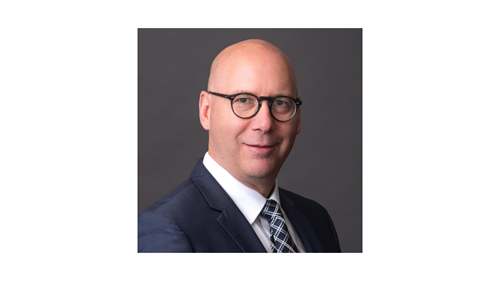
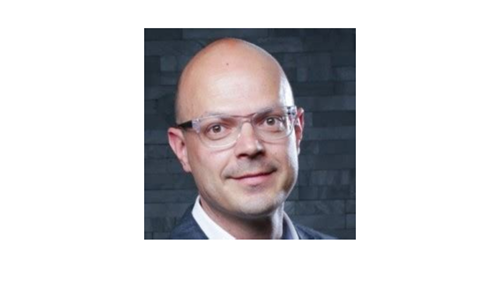

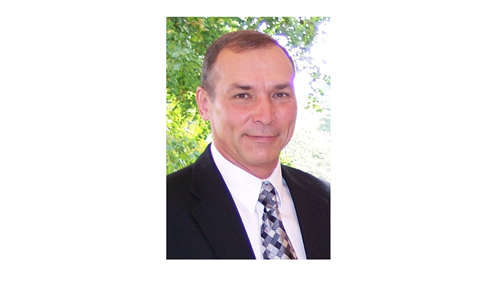


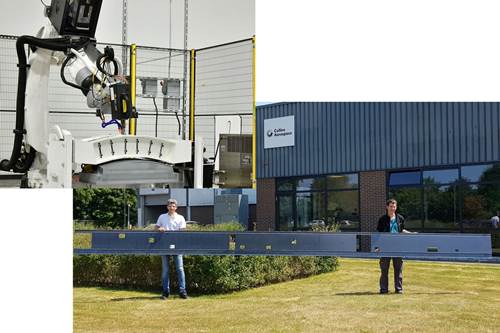
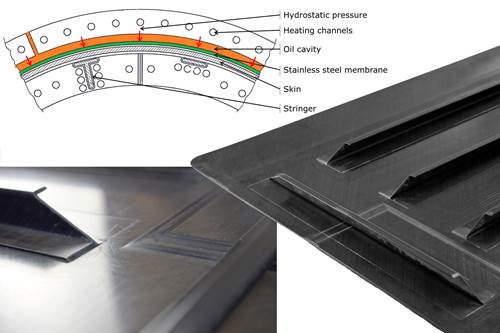
.jpg;maxWidth=300;quality=90)
.png;maxWidth=300;quality=90)
